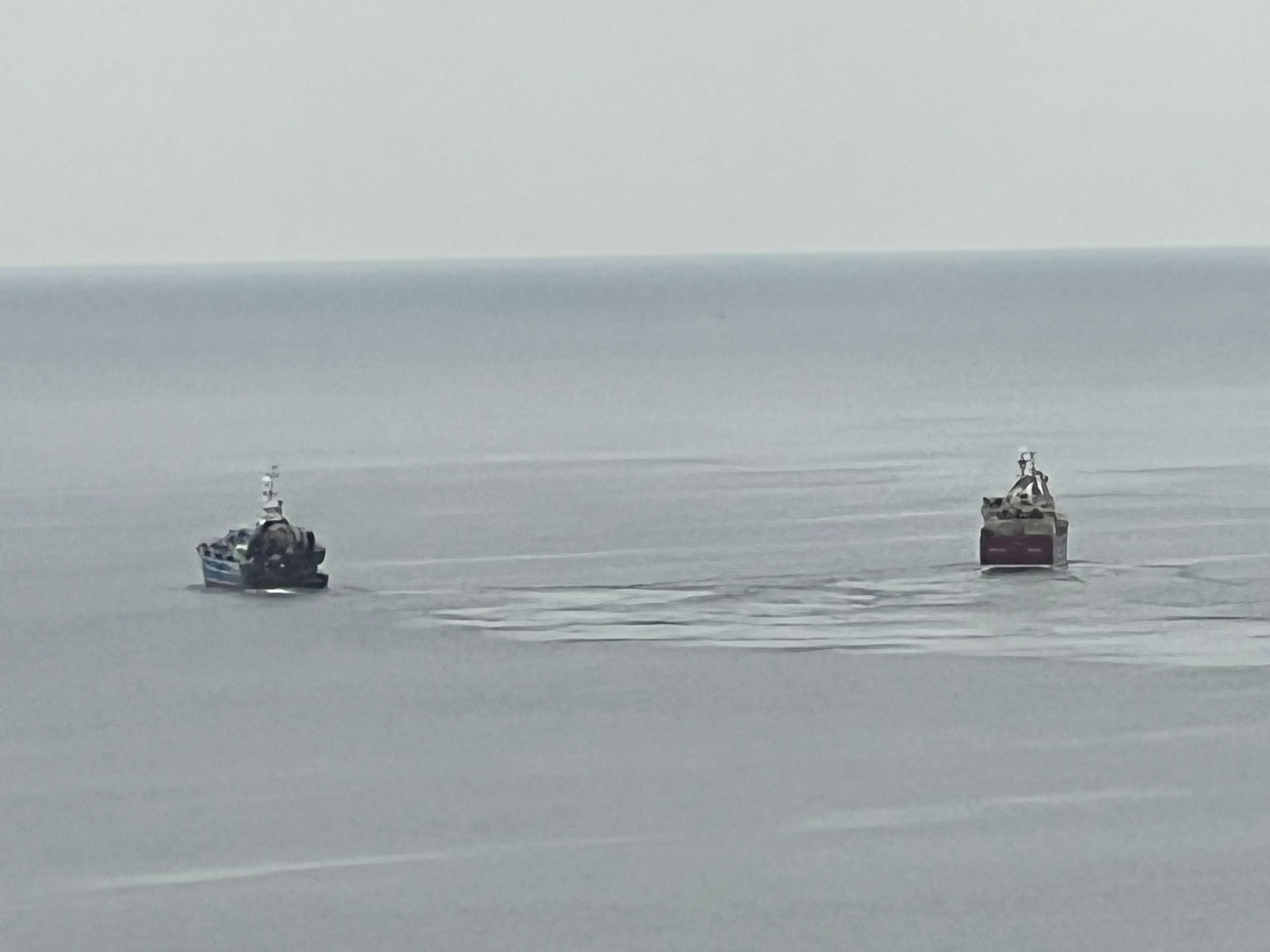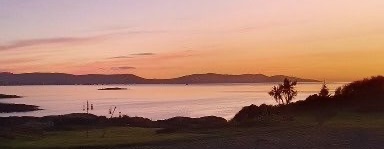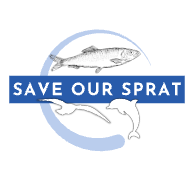THIS IS WHY WE HAVE TO SAVE THE SPRAT
The sprat is a small, unremarkable fish that normally populates the world’s oceans in vast schools. It is inconspicuous but indispensable to marine life: Sprat is the foundation of the food chain. It feeds on plankton and turns it into protein for numerous mammals, seabirds, and larger fish including mackerel, herring, hake and cod, whales, dolphins, seals, puffins, terns, gannets, guillemots, shags and kittiwakes. Even the reintroduced sea eagles depend on sprat to live.
When pilchards and herring were almost completely depleted from Irish waters due to overfishing, a few local fishermen, unlike anywhere else in Europe’s seas, began fishing for sprat on a larger scale at the end of the Nineties.

For the past one and a half decades, a handful of giant trawlers, on their own or trawling in pairs, have been fishing more than ten thousand tons of sprat from Ireland’s bays and coastal waters year after year. They wait for autumn when the sprat schools seek the shelter of the bays to spawn in calm waters. From September to January, the small silvery fish are easy prey, including their unshed eggs, so that the next generation of sprat disappear from the seas. The stocks are dropping quickly and steadily towards extinction.
The sprat caught along Ireland’s coast are pumped from the holds of the trawlers into sealed containers in ports like Baltimore, Castletownbere or Dingle and transported by truck to the Irish fish processing factories in Killybegs, County Donegal. Humans rarely eat sprat today. They are instead processed into fishmeal and sold as feed to salmon farms. A negligible small portion of the catch is sold as pet food.
Indeed, MOWI, who operate salmon farms in Ireland which use the locally caught sprat processed feed, recently announced record revenue and profits due in no small part to falling feed prices. Therefore. it appears that overseas conglomerates are increasing their profits from the destruction of our local inshore environment.
There are no catch quotas for sprat in Europe. Since the small fish are only used in Ireland as animal feed, they do not fetch much money. They are traded at 15 cents per kilogram or 150 Euro per tonne. Therefore, the small group of Irish fishermen who pursue sprat, rely on large, up to 27 - meter - long fishing vessels to catch as much as possible in the shortest amount of time.
This practice of overfishing this completely unprotected species has dramatic consequences: Sprat stocks are now severely depleted, and these small fish are on the verge of disappearing from Irish waters. The stocks are on the brink of collapse. Local fishermen from Ireland’s south coast report that the sprat has effectively disappeared and with it, the whales, dolphins and other marine life.

For several years now, sprat trawlers have been systematically depleting the sprat stocks in Bantry Bay. Every autumn, their tightly woven trawl nets sweep through the bay, dragging not only hundreds of tons of sprat but also numerous other marine inhabitants to their death, such as seals, dolphins and whitefish.
The bays where sprat disappear slowly turn into dead zones: predators that can no longer find enough food move on to other fishing grounds or starve and slowly die out. The ecological decline affects not only animals. Dead waters are bad for all people dependent on fishing. Fishermen whose target fish depend on sprat face a bleak future. Lifeless waters are bad for tourism. Several aqua - tour operators have already ceased business or will have to do so, as tourists will not pay to see nothing but plastic on their trips. Lifeless waters are bad for the residents and even the port authorities will see their business vanish too.

Since the year 2019, the Irish government has unsuccessfully tried to ban large fishing vessels from the six - mile zone and from the country’s bays. The directives were successfully challenged in court by two fishermen from Castletownbere and Dingle. The judges acknowledged the need for the ban but declared the law invalid due to formal errors. Since the year 2023, the government has promised new legislation but has been delaying its decisions to this day.
A further consultation on reinstating this ban was completed in April 2024. Any follow up regarding progress by TDs to the minister concerned, Holly Cairns on 24th July 2024 and Danny Healy-Rae 5th November 2024 have been met by a stock written answer, as can be seen by following the links below:
Fishing industry Q&A July 2024Fishing Industry Q&A November 2024Even more recently, as can be seen in the link below, on the 26th February 2025 Catheryn Connolly asked of the new government Taoiseach, Micheál Martin, when the policy to ban inshore sprat fishing will be introduced the answer although agreeing with the policy gave no timescales or encouragement that it would be introduced before Autumn 2025 when the trawling in Bantry Bay will recommence.
Catherine Connolly asks Taoiseach about sprat fishing banTherefore, we, concerned citizens of Bantry Bay and its surroundings, have decided to launch the environmental campaign “Save our Sprat” and advocate for an immediate ban on sprat fishing in our Bantry Bay and in all bays and coastal waters of the country.
We want to coordinate with other groups in other bays and raise our voices so that we are heard loud and clear in Dublin, in the Dáil and in the government buildings: The extermination of the sprat must stop immediately.

Let’s stop sprat fishing before it’s too late.
Let’s stop sprat fishing before our bays have turned into dead zones.
Let’s stop sprat fishing so that the predatory trawlers will not return to our bays this autumn, in October 2025.
